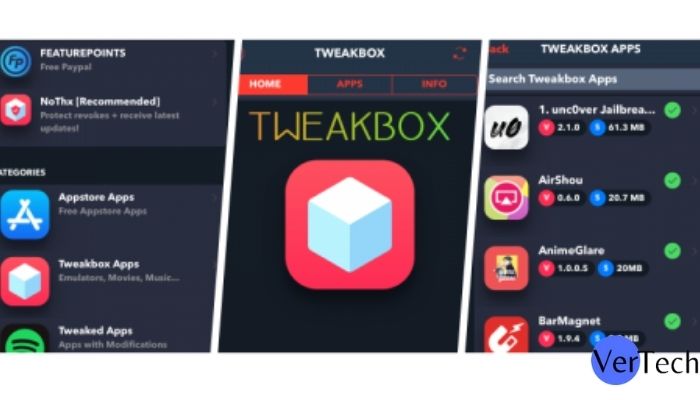Software
Five-Step Integration Testing Process

A corporation must run a computer program or piece of software through a number of tests before releasing it to the public. One sort of software testing called integration testing assesses how different software components work together. Debugging any interface issues, often happens after unit testing, assisting in ensuring the program is functional when it is released for sale. In this post, you’ll know what integration testing is, go through its advantages, and know how to provide a five-step implementation process with the Dedicated Quality Assurance Team.
Integration testing: what is it?
Integration testing combines distinct units—individual parts of an application—to verify the functioning of the resulting modules. It’s one of a number of tests that often take place before a business makes software available for commercial usage. After unit testing, which examines the individual components, and before system testing, which assesses all of the integrated modules as a whole as a software system, integration testing is often conducted. Testing the interface between modules as well as the flow of data and information is the main objective of integration testing.
Integration testing advantages
Integration testing, which often takes place concurrently with system development, offers various advantages in the software testing life cycle. Although a unit may perform well on its own, it is crucial to understand how it performs when integrated with another related component to ensure the combined module performs as intended. Numerous developers often work on separate software units, and they may use different logic or specifications than other developers working on related units. Integration testing may make sure that each developer is producing code that satisfies requirements and advances the system’s objective.
Additionally, integrated testing can:
Verify that integrated components function as expected.
Reduce operating expenses by spotting interface issues early.
Check that modules work properly with external tools.
Expand testing to more system components to increase efficiency.
Implementing integration testing
You may use integration testing in the following ways:
1. Create a test strategy
It’s crucial to establish a thorough strategy before beginning any testing so that developers from the integration testing company may refer to it as needed to keep everyone focused on the same objective. A good strategy often includes a list of actions that engineers and developers should conduct during this testing phase. Project managers may choose which resources to devote to integration testing using the first step.
2. Select the testing strategy.
To make sure the testing is successful, it might be useful to think about which integration testing technique could be the most effective given the characteristics of the modules. When selecting a strategy, take into account elements like the scope of the project, the testing window, and the quantity of crucial components. Teams can also wish to prioritize the modules at this stage to decide which ones to incorporate first.
3. Create test scripts and scenarios
It’s time to create several test scenarios and scripts that the group of developers or engineers might utilize during integration testing after choosing a testing methodology. Put your energy into developing precise test cases that are focused on the communication and information flow between modules. To ensure a smooth testing procedure, it is also beneficial to prepare test data in advance.
4. Follow-up integration with tests
The different components may be integrated for testing after the team has settled on planning and design. Teams may run the test scenarios at this stage to find any faults or problems in the combined modules. Teams may choose to carry out this stage manually, via automation software, or by combining human and automated testing.
5. Record mistakes and do new tests
Keep careful records of any mistakes or flaws that emerge inside the integrated modules, making note of the precise nature of the issue and the time it happened. Run the test once again to determine whether the modifications resolved the issue after identifying and fixing the flaw. Continue doing this until the team has fixed every flaw discovered during the integration testing.
-

 Latest News3 years ago
Latest News3 years agoSoap2day Similar Sites And Alternatives To Watch Free Movies
-

 Software3 years ago
Software3 years agoA Guide For Better Cybersecurity & Data Protection For Your Devices
-

 Android2 years ago
Android2 years agoWhat Is content://com.android.browser.home/ All About? Set Up content com android browser home
-

 Blog2 years ago
Blog2 years agoMyCSULB: Login to CSULB Student and Employee Portal
-

 Android App3 years ago
Android App3 years agoCqatest App What is It
-

 Android App3 years ago
Android App3 years agoWhat is OMACP And How To Remove It? Easy Guide OMACP 2022
-

 Business3 years ago
Business3 years agoKnow Your Business (KYB) Process – Critical Component For Partnerships
-

 iOS2 years ago
iOS2 years agoTweakBox App – Best App for iPhone [Jan, 2023] | (iOS 15, Download, 2023)





